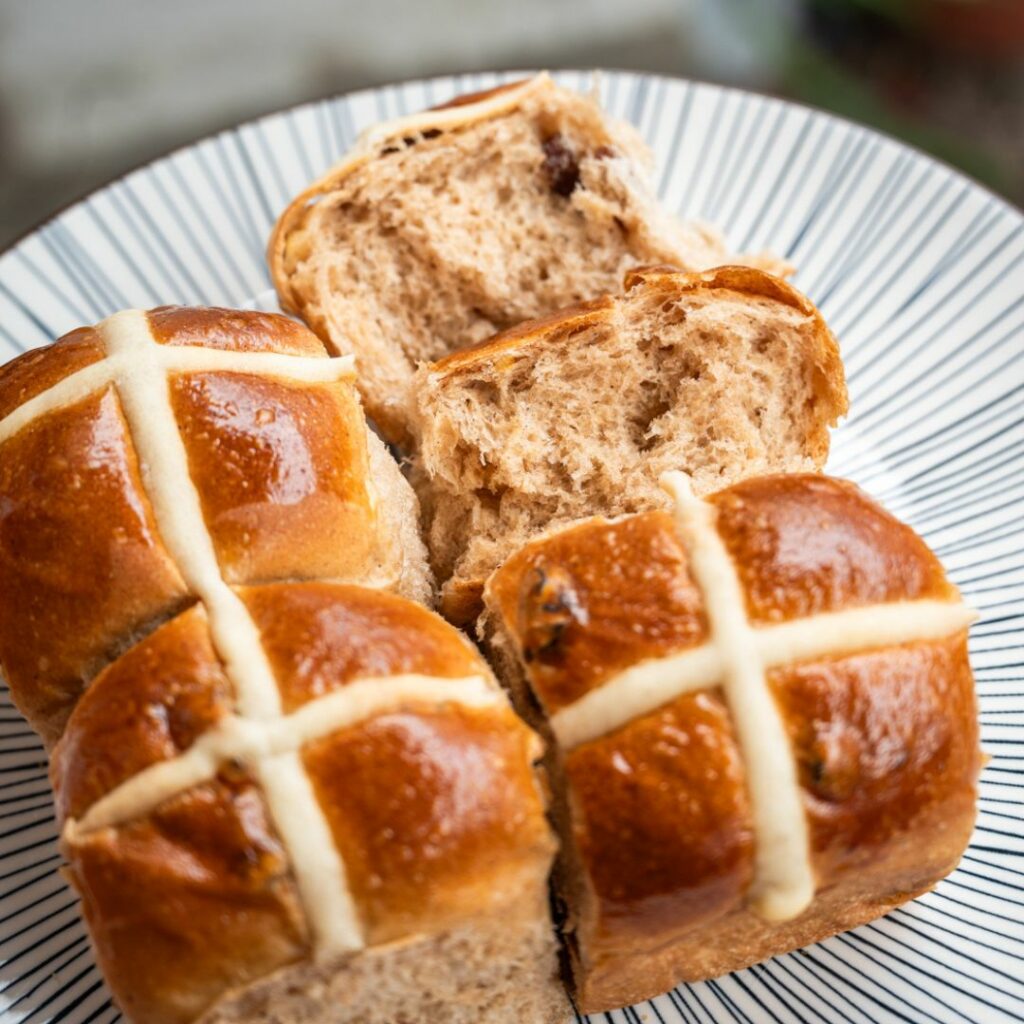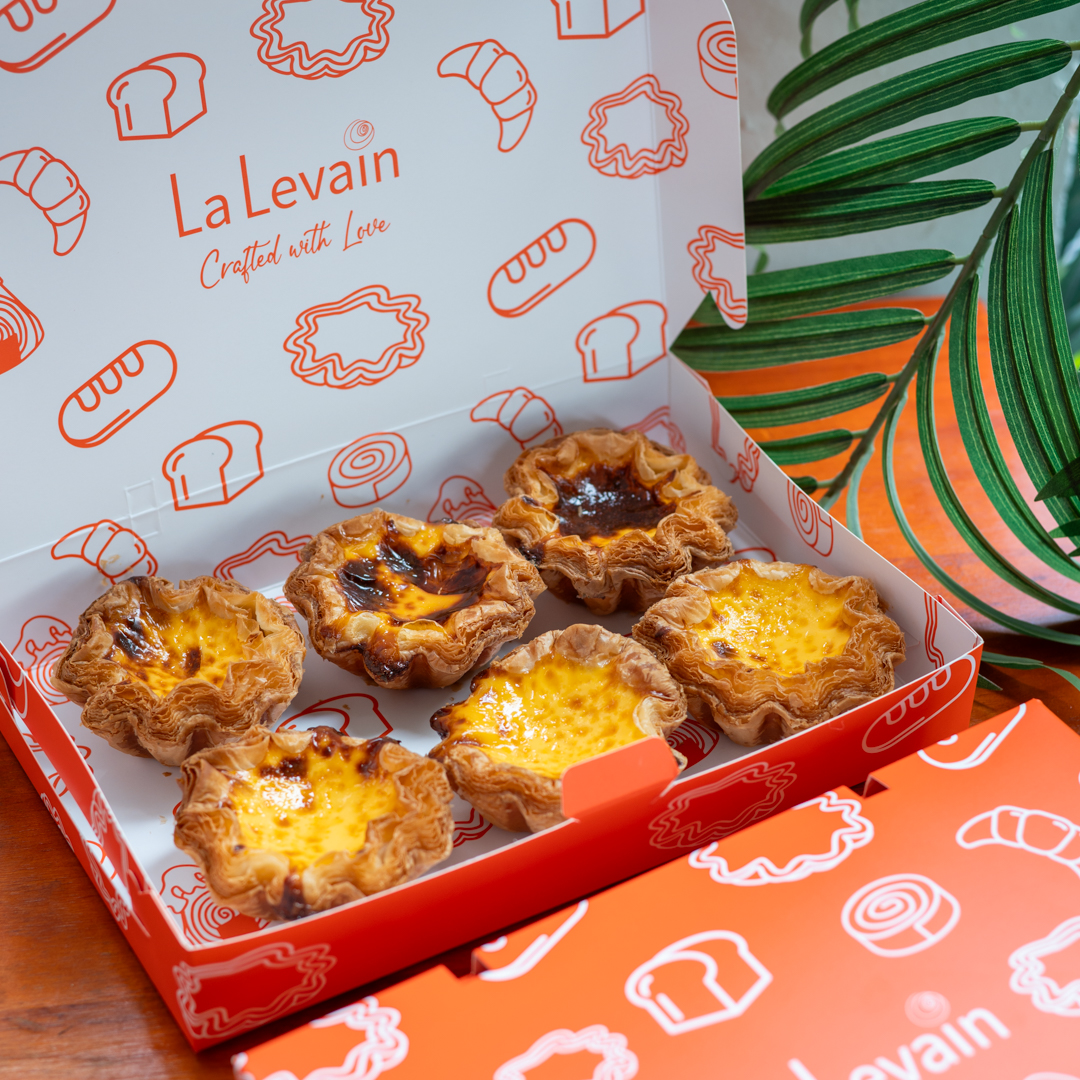Embark on a delightful culinary journey through the fascinating history and rich cultural significance of Hot Cross Buns.
This iconic treat has a long and storied past, with each bite offering a taste of tradition and heritage.
Join us as we explore the origins, traditions, and unique flavors of Hot Cross Buns in “Hot Cross Buns: A Culinary Journey Through History and Culture.”
Origin and Early History of Hot Cross Buns
Hot Cross Buns have a rich history steeped in tradition and folklore.
These spiced sweet buns with a cross on top are believed to have originated in England, where they were traditionally eaten on Good Friday.
The buns were also thought to have medicinal properties, with people believing that keeping a Hot Cross Bun from one Good Friday to the next would protect the household from evil spirits.
Over time, Hot Cross Buns spread beyond England and became a beloved treat in many countries around the world, each adding its own unique twist to the recipe.
The early history of Hot Cross Buns dates back to the 12th century, where they were first made by monks to distribute to the poor during the Lenten season.
The buns were initially plain and not as sweet as the ones we enjoy today.
It wasn’t until the 16th century that spices like cinnamon, nutmeg, and allspice were added to the recipe, giving them the distinctive flavour we associate with Hot Cross Buns.
As trade routes expanded, the buns became more popular and evolved into the delicious treats we know and love today.
Ingredients and Traditional Recipes for Hot Cross Buns
Hot Cross Buns, a beloved treat with a rich history, boast a unique set of ingredients that give them their distinctive flavour and texture.
The traditional recipe typically includes flour, sugar, butter, eggs, milk, spices such as cinnamon and nutmeg, dried fruits like currants or raisins, and yeast for that perfect rise.
There are various cultures that have put their own spin on this classic treat.
From the English version with a glossy glaze to the spiced variations found in other parts of the world, each recipe offers a unique taste of tradition.
While some recipes may call for additional ingredients like orange zest, honey, or even a hint of rum, the essence of a Hot Cross Bun remains constant – a symbol of Easter and a delicious indulgence enjoyed by many across the globe.
Evolution of Hot Cross Buns in Different Cultures
Hot Cross Buns have an intriguing history that has evolved across various cultures throughout the years.
As these buns spread to different parts of the world, they have taken on unique twists to suit local tastes and traditions.
In Greece, for example, the buns are often flavored with mahlab and decorated with dyed eggs during Easter.
Similarly, in Scandinavia, cardamom and dried fruit are popular additions to the dough, giving the buns a different flavour profile.
In the Americas, Hot Cross Buns have also found their place on the table, with variations like the Jamaican spiced bun featuring molasses and mixed spice.
These buns have truly transcended borders to become a beloved treat enjoyed in diverse cultures worldwide.
Each culture has put its own spin on the classic recipe, adding layers of flavor and symbolism to this timeless baked good.
From Europe to the Caribbean and beyond, the evolution of Hot Cross Buns showcases the beauty of culinary adaptation, and the way food can bridge cultural divides.
Commercialization and Popularity of Hot Cross Buns
The commercialization and popularity of hot cross buns have soared over the years, transforming these once traditional Easter treats into year-round favorites.
These spiced, fruity buns adorned with the iconic cross symbol have become a staple in bakeries and supermarkets worldwide.
From the irresistible aroma that wafts through the air to the soft, pillowy texture that melts in your mouth, hot cross buns have captured the hearts and taste buds of food enthusiasts everywhere.
The clever marketing strategies and widespread availability of hot cross buns have cemented their status as a beloved indulgence for many, making them a go-to choice for breakfast, snacks, and even dessert.
As the demand for these delectable treats continues to rise, bakers and pastry chefs have innovated by creating unique twists on the classic recipe, catering to a diverse range of preferences and dietary requirements.
Whether it’s a vegan, gluten-free, or chocolate-studded version, hot cross buns have evolved to suit modern tastes while still honouring their rich historical roots.
The commercial success of hot cross buns reflects not only their culinary appeal but also their ability to bring people together in celebration and joy.
A symbol of tradition and innovation, hot cross buns have truly earned their place in the global culinary landscape.
Hot Cross Buns in Religion and Festivals
Hot Cross Buns have deep-rooted significance in various religious and cultural festivities around the world.
In Christianity, these iconic buns are traditionally enjoyed during the Lenten season, particularly on Good Friday, symbolising the end of the Lenten fast.
The cross marked on the bun represents the crucifixion of Jesus, making them a poignant treat during Easter celebrations.
Additionally, in some cultures, Hot Cross Buns are baked on Ash Wednesday to mark the beginning of Lent, adding a sense of solemnity to the start of the season.
Moreover, Hot Cross Buns are not only limited to Christian traditions but also play a role in other religious and cultural festivals.
In Hinduism, these buns are enjoyed during Diwali, the festival of lights, as a sweet and symbolic treat.
Similarly, in some regions, Hot Cross Buns are a staple during the Jewish festival of Passover, reflecting the diverse ways in which this beloved delicacy is woven into the fabric of different celebrations across the globe.
Variations and Modern Twists on Hot Cross Buns
Exploring variations and modern twists on hot cross buns opens up a world of culinary creativity.
From chocolate-chip infused buns to zesty citrus-flavored ones, the possibilities are endless.
These contemporary adaptations cater to diverse tastes and preferences, appealing to both traditionalists and those seeking unique flavours.
With ingredients like cranberries, nuts, or even matcha powder, hot cross buns have evolved into a versatile treat that suits modern palates.
The fusion of traditional recipes with innovative ingredients has breathed new life into this classic Easter delicacy, making it a staple in households year-round.
In today’s culinary landscape, hot cross buns are not just limited to the Easter season but are enjoyed throughout the year in various forms.
Bakers and chefs worldwide continue to experiment with different flavour profiles and textures, adding a modern twist to this timeless treat.
Whether it’s a gluten-free version, a vegan adaptation, or a savoury take on the traditional sweet bun, hot cross buns have transcended their original recipe to become a symbol of culinary innovation.
Embracing these contemporary variations showcases the dynamic nature of food culture, highlighting how a beloved classic can adapt and thrive in a constantly changing gastronomic world.
Conclusion
In conclusion, hot cross buns have a rich history dating back to ancient times, with traditional recipes featuring ingredients like flour, spices, and dried fruits.
Over the years, hot cross buns have evolved in different cultures, becoming commercialised and popular worldwide.
They hold significance in religious traditions and festivals, with modern variations offering creative twists on this classic treat.


